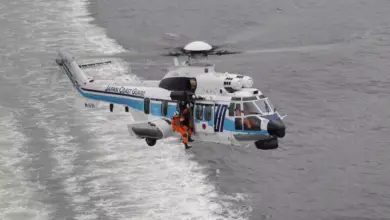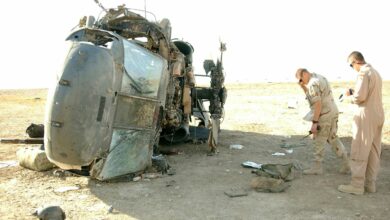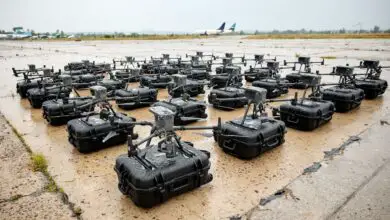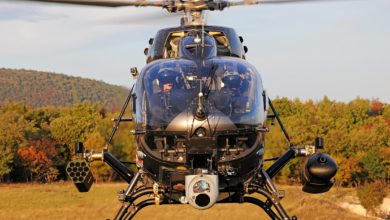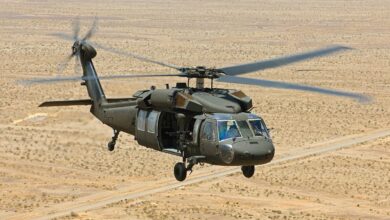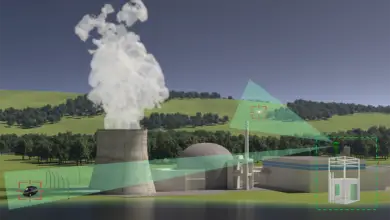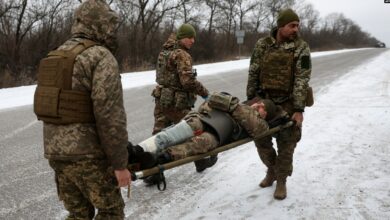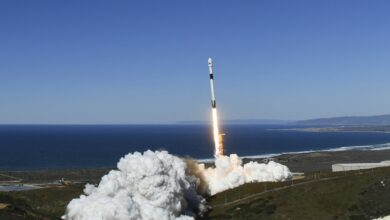Korea Aerospace Industries NI-600 VT unmanned helicopter completes first test flight
Successful test follows first flight in August of Korean Air Lines MD 500 helicopter UAV
Korea Aerospace Industries has completed the first test flight of its unmanned helicopter, the NI-600 VT, the company said on Tuesday, September 24.
The NI-600 VT, which stands for Night Intruder-600 Vertical Take-Off and Landing, flew at Goheung Aerospace Center in South Jeolla Province, KAI said in a press release.
“[I]n its first flight … the NI-600 VT showed hovering and horizontal direction conversion functions and by doing so, the copter confirmed its flight control performance and safety,” the release read.
The NI-600 VT is being developed by KAI’s own research and development fund, and the company plans to complete the first phase of development by the end of this year.
The NI-600’s vertical take-off requires no airstrip, making the vehicle practical for “mountain and marine surveillance and reconnaissance activity, a search for the missing, and cargo transport,” according to the company.
Korea’s government wants the army to shift to new tactics focused on drones, and is investing heavily in developing UAV technologies.
Korean Air Lines is working to convert manned fixed-wing and rotary aircraft into unmanned aerial vehicles. On August 1, KAL’s Aerospace Division successfully test flew the KUS-VH, its unmanned version of the MD 500 UAV helicopter. The drone, developed in partnership with Boeing, was first displayed in 2015 fitted with a twin AGM-118 Hellfire missile launcher and a 70mm rocket pod.
KAL-ASD intends to convert Bell UH-1H Huey and Sikorsky UH-60 Black Hawk helicopters, and eventually Northrop F-5 fighter jets into UAVs.
In the U.S., Sikorsky first tested its Optionally Piloted Black Hawk (OPBH) UH-60 in 2014. Aurora Flight Sciences, a subsidiary of Boeing, first test flew its optionally-piloted UH-1 Huey in 2017 as part of the Autonomous Aerial Cargo/Utility System Program under the U.S. Navy’s Office of Naval Research.


